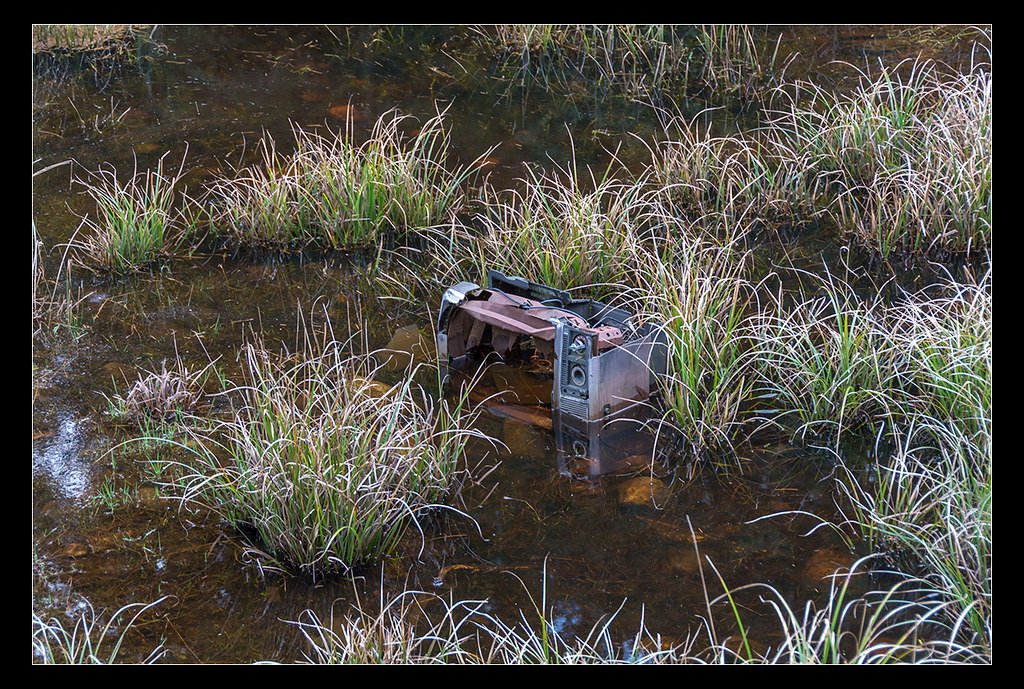It’s almost impossible to believe, but beneath the misty, windswept surface of Ireland’s bogs lies a hidden world where history sleeps undisturbed—sometimes for thousands of years. These marshy landscapes are more than just wild, hauntingly beautiful places; they are time capsules, holding secrets of ancient lives, deaths, and daily rituals. Imagine a place where human bodies, lost centuries ago, emerge from the earth with hair, skin, and even facial expressions preserved, as if caught in a spell. Now add to that the peculiar discovery of odd, oversized wooden spoons—objects so strange and mysterious that they’ve left even seasoned archaeologists scratching their heads. What stories could these bogs be waiting to tell? The answer is as fascinating as it is eerie.
The Enigma of Ireland’s Bogs

Ireland’s bogs are scattered across the island, covering roughly one-sixth of the country’s land surface. They might look like simple patches of soggy ground, but these bogs are complex ecosystems built up over thousands of years. Layers of decaying plants form peat, a thick, spongy material that slows down decay and creates a cold, acidic, and oxygen-poor environment. This combination is key: it’s what turns a bog into a natural preservation chamber, where things from the distant past can survive against all odds. People wandering these landscapes today might never guess the remarkable secrets lying just below their feet.
How Peat Bogs Become Nature’s Freezers
Unlike ordinary soil, peat bogs act almost like nature’s own deep freezers. The bog’s acidity, low temperature, and lack of oxygen work together to halt the bacteria and fungi that normally break down organic matter. It’s a bit like putting food in a refrigerator to keep it fresh, only this “fridge” is vast, wild, and built by nature herself. Over time, anything that falls into the bog—whether by accident or design—can be sealed away, preserved in a dark, watery embrace. This is why archaeologists sometimes find items as fresh as the day they were lost, from food and tools to the haunting remains of people themselves.
The Astonishing Discovery of Bog Bodies
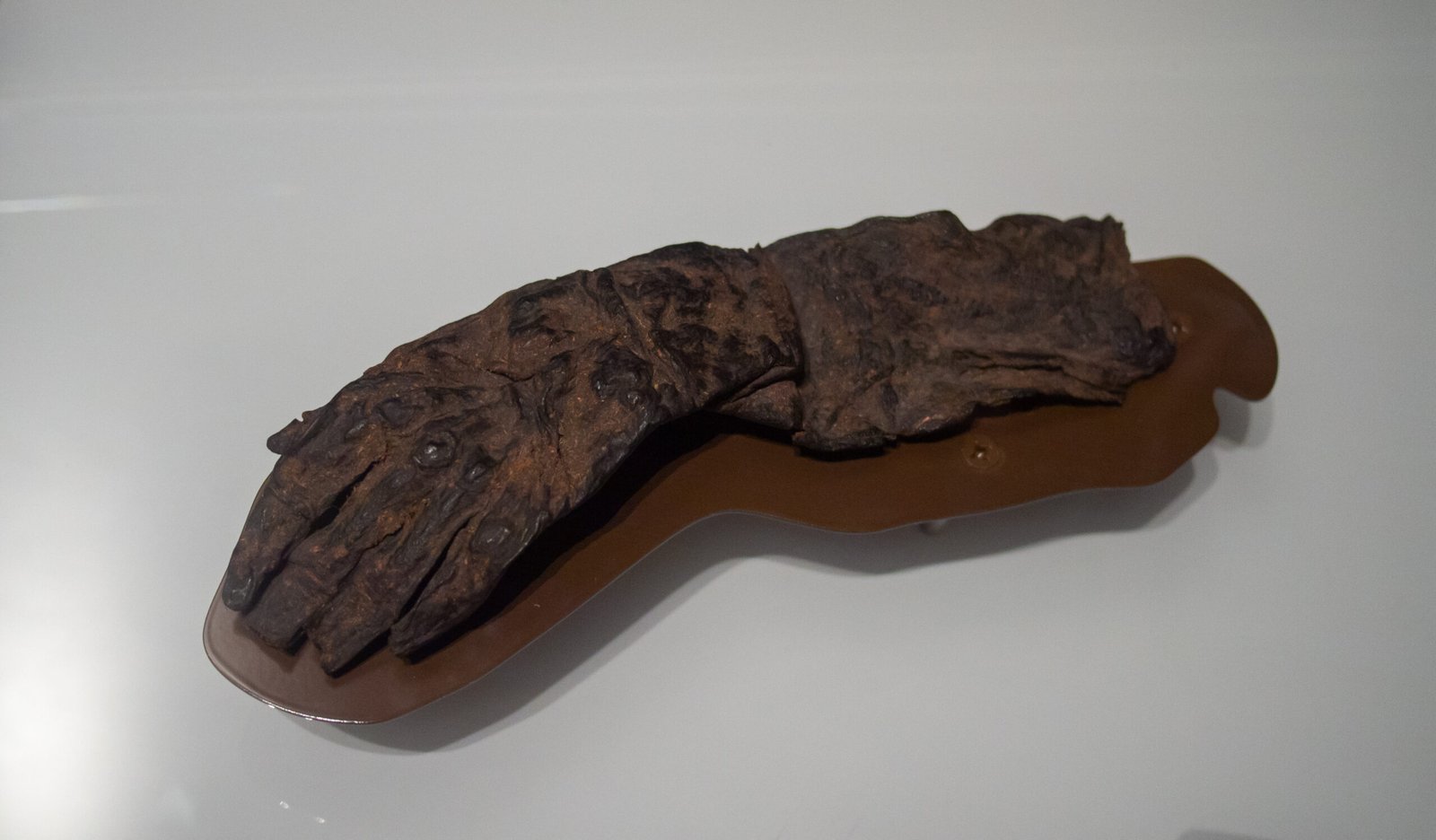
Perhaps the most chilling finds in Ireland’s bogs are the so-called “bog bodies.” These are human remains, often dating back to the Iron Age or even earlier, that have been so perfectly preserved that skin, hair, and clothing can still be seen. Some, like the famous Clonycavan Man or Oldcroghan Man, seem to have been caught in their final moments—expressions frozen, wounds visible, their stories locked in time. Scientists believe many of these people met violent ends, possibly as part of ritual sacrifices or punishments. Holding a bog body’s leathery hand can feel like touching the past itself, sending shivers down the spine.
The Unsettling State of Preservation

What’s truly remarkable about bog bodies is how lifelike they often appear. The peat’s tannins—similar to those used in leather tanning—turn skin a deep brown and keep it supple. Even fingerprints and tattoos can sometimes be seen. Hair styles, trimmed beards, and even the contents of people’s last meals have been recovered and studied. This extraordinary level of preservation offers an intimate window into ancient lives, from the tools they used to the food they ate and the clothes they wore. It’s as if the bogs themselves refuse to let the past fade away.
Mysteries Beneath the Surface: Rituals and Sacrifice

Why do so many bog bodies show signs of violence? Archaeologists have long debated this, and many now believe that some of these deaths were ritualistic. Evidence of multiple wounds, bindings, and even elaborate arrangements of the bodies suggest ceremonies intended to please gods or spirits. The bogs may have been considered gateways to another world, their mists and darkness lending mystery and power. Depositing offerings, or even people, into the bog may have been seen as a way to communicate with the divine—a chilling reminder of how different ancient beliefs could be from our own.
Beyond Bodies: The Bizarre World of Bog Spoons
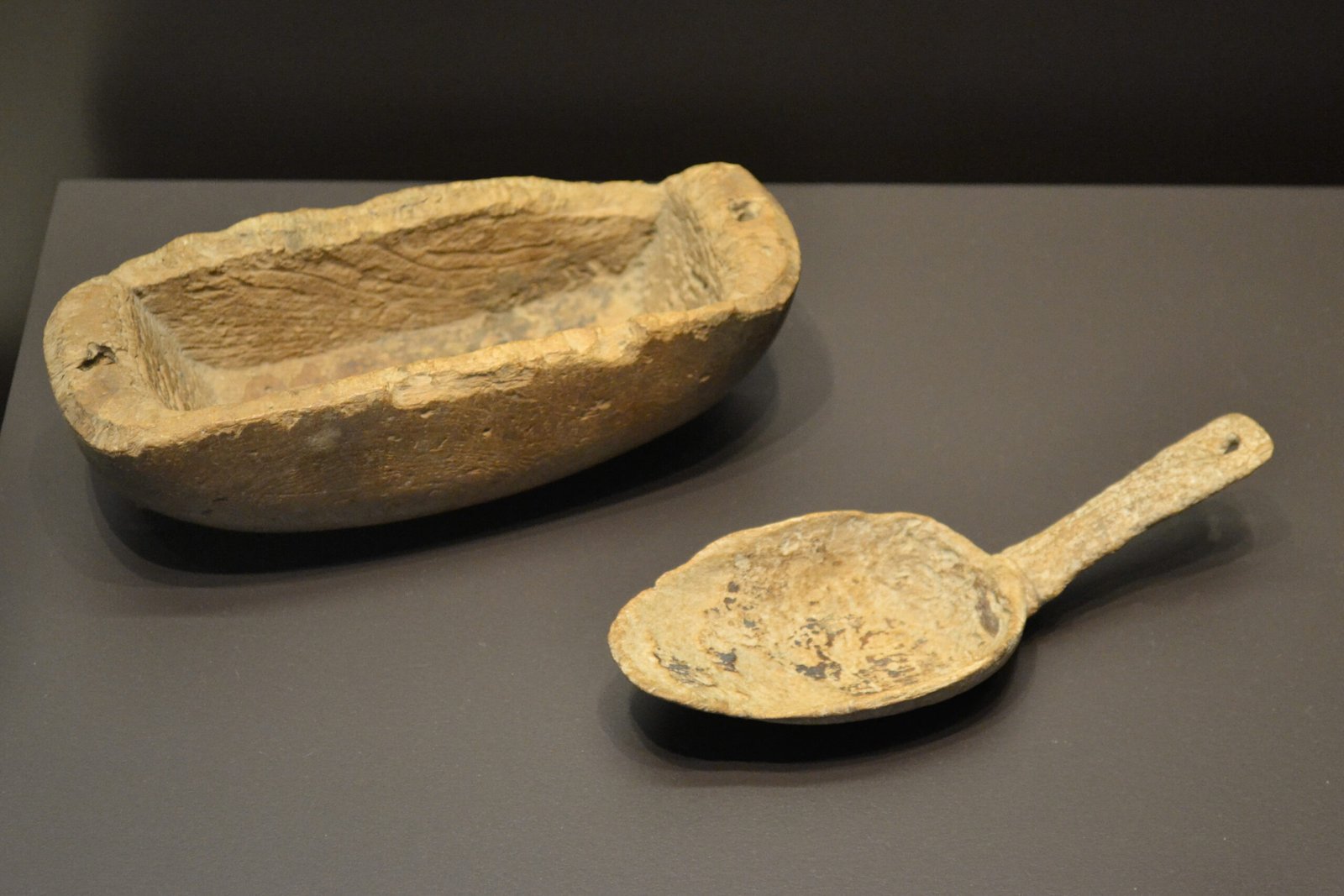
But bogs don’t just preserve bodies. In recent decades, archaeologists have uncovered a variety of strange objects buried in Irish peat—among them, oversized and oddly-shaped wooden spoons. These aren’t the kind you’d find stirring a pot of soup in your grandmother’s kitchen. Some are as long as a forearm, with deep bowls and oddly carved handles, sometimes decorated with mysterious patterns or symbols. Their purpose is still debated, and their oddity adds another layer of intrigue to Ireland’s boggy history.
Why So Many Spoons? Theories and Curiosities

So what were these weird spoons for? Some experts believe they were ceremonial, used in feasting rituals or religious ceremonies. Others think they may have played a role in ancient games, or even been symbolic offerings to the spirits of the bog. The spoons’ size and elaborate designs hint that they were never meant for everyday use. Finding so many of them, often alongside other unusual items like animal bones or jewelry, suggests that they were part of something much bigger—perhaps a community event or sacred ritual that we can only imagine today.
Peat Bogs as Time Capsules of Daily Life
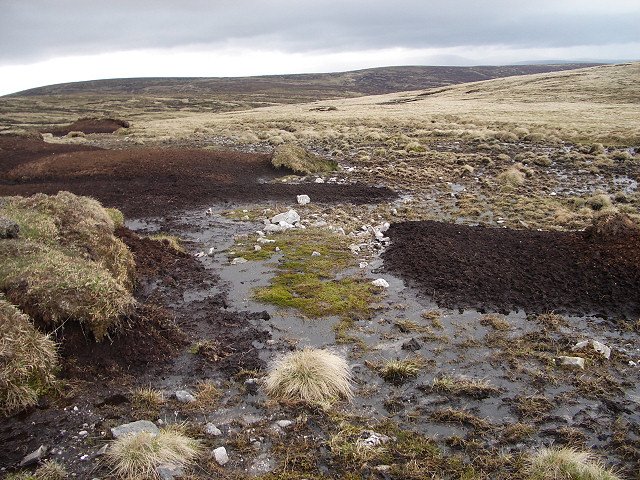
It’s not just bodies and spoons that bogs preserve. Everyday items—shoes, clothing, tools, and even food—have been found locked away in peat. These mundane objects paint a vivid picture of how ordinary people lived: what they wore, how they worked, and what they ate. For example, ancient butter, known as “bog butter,” has been recovered in surprisingly edible condition. Studying these finds is like peering through a keyhole into a vanished world, reminding us that history is not just about kings and warriors, but also about the daily lives of those who came before us.
The Science of Bog Preservation
The science behind bog preservation is both fascinating and complex. When organic material enters the bog, it quickly becomes waterlogged, cutting off oxygen and slowing decay. The high acidity from decaying sphagnum moss helps to “pickle” the material, much like preserving food in vinegar. This unique chemistry stops most microorganisms from thriving, allowing even delicate materials like wood, leather, and textiles to survive for centuries or millennia. Scientists continue to study this process, hoping to unlock new ways of preserving artifacts and understanding ancient environments.
Modern Threats to Ireland’s Bogs
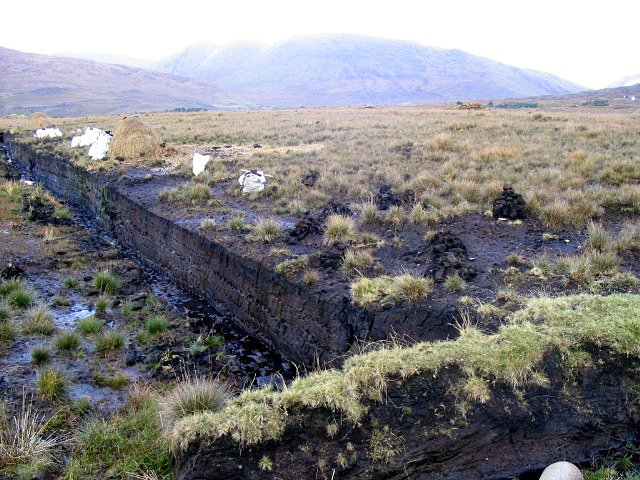
Sadly, Ireland’s bogs are under threat today from commercial peat extraction, drainage, and farming. Every time a bog is drained or dug up, precious archaeological treasures risk being lost forever. Conservationists are working hard to protect these landscapes, not just for their natural beauty and biodiversity, but for the irreplaceable window they offer into our shared human story. The race is on to save what remains before it’s too late, and every discovery underscores just how much is at stake.
What Bogs Teach Us About the Past—and Ourselves
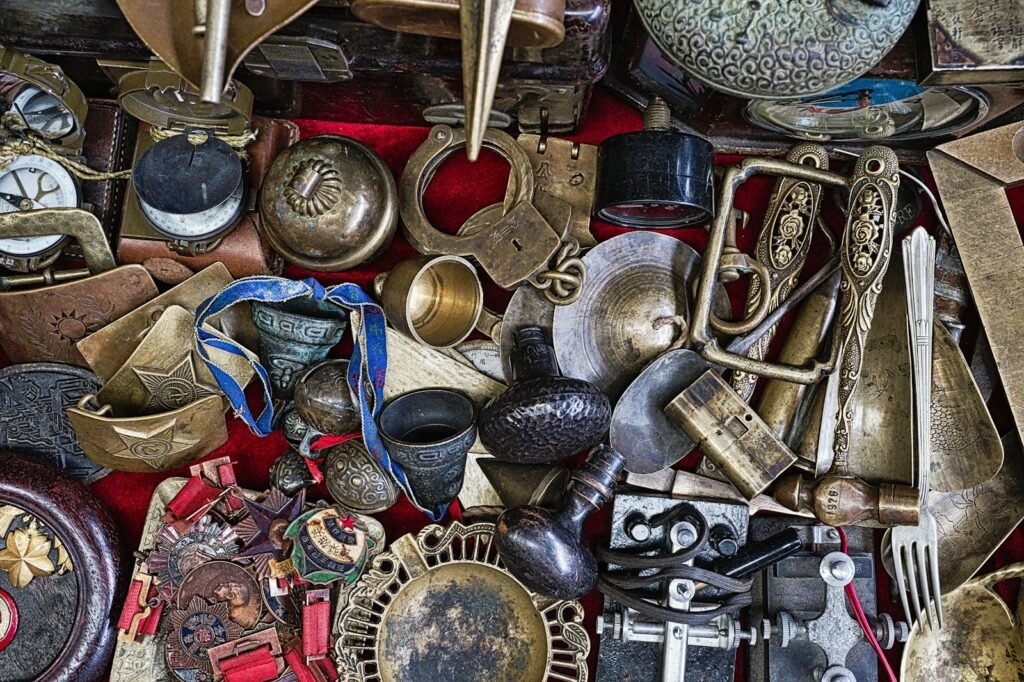
There’s something profoundly moving about the bogs’ ability to hold on to the past, refusing to let it vanish. Each body, spoon, and everyday object tells a story—not just of how people lived and died, but of their beliefs, fears, and hopes. These relics make the distant past feel close enough to touch. They remind us that even the most ordinary places can hide extraordinary secrets. What other mysteries might still be waiting beneath the mossy surface of Ireland’s bogs, ready to shock, amaze, or even inspire us?

